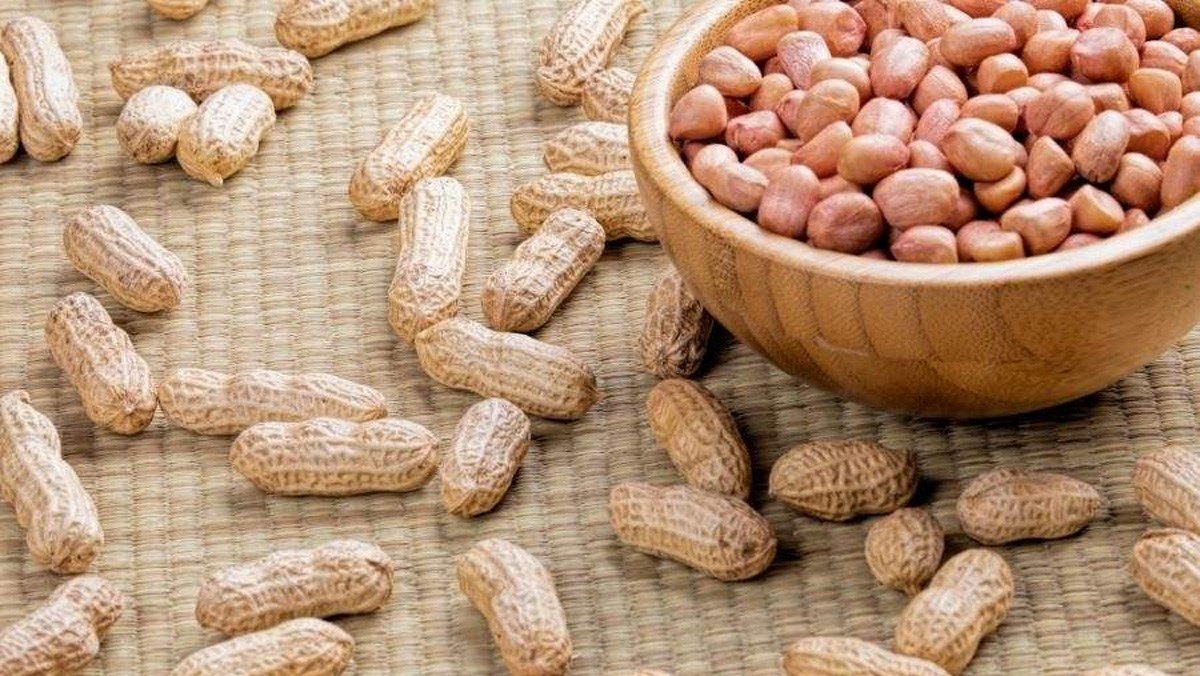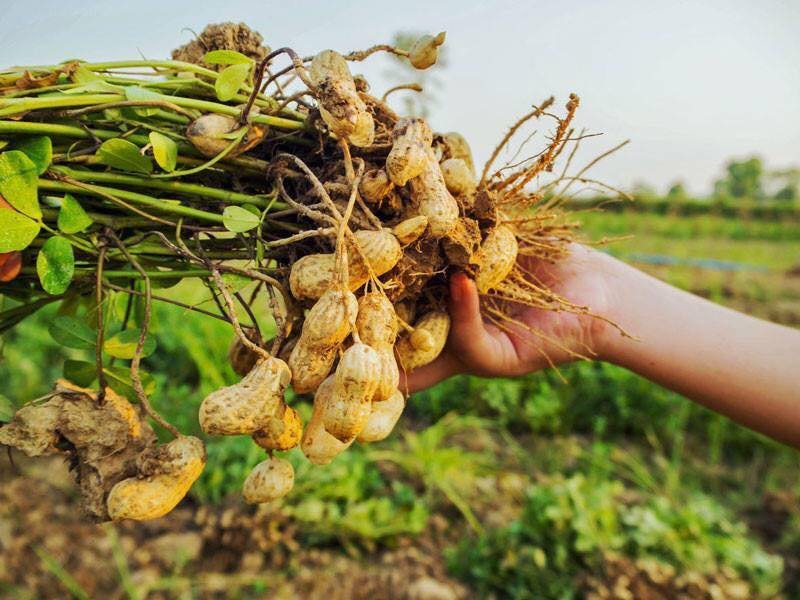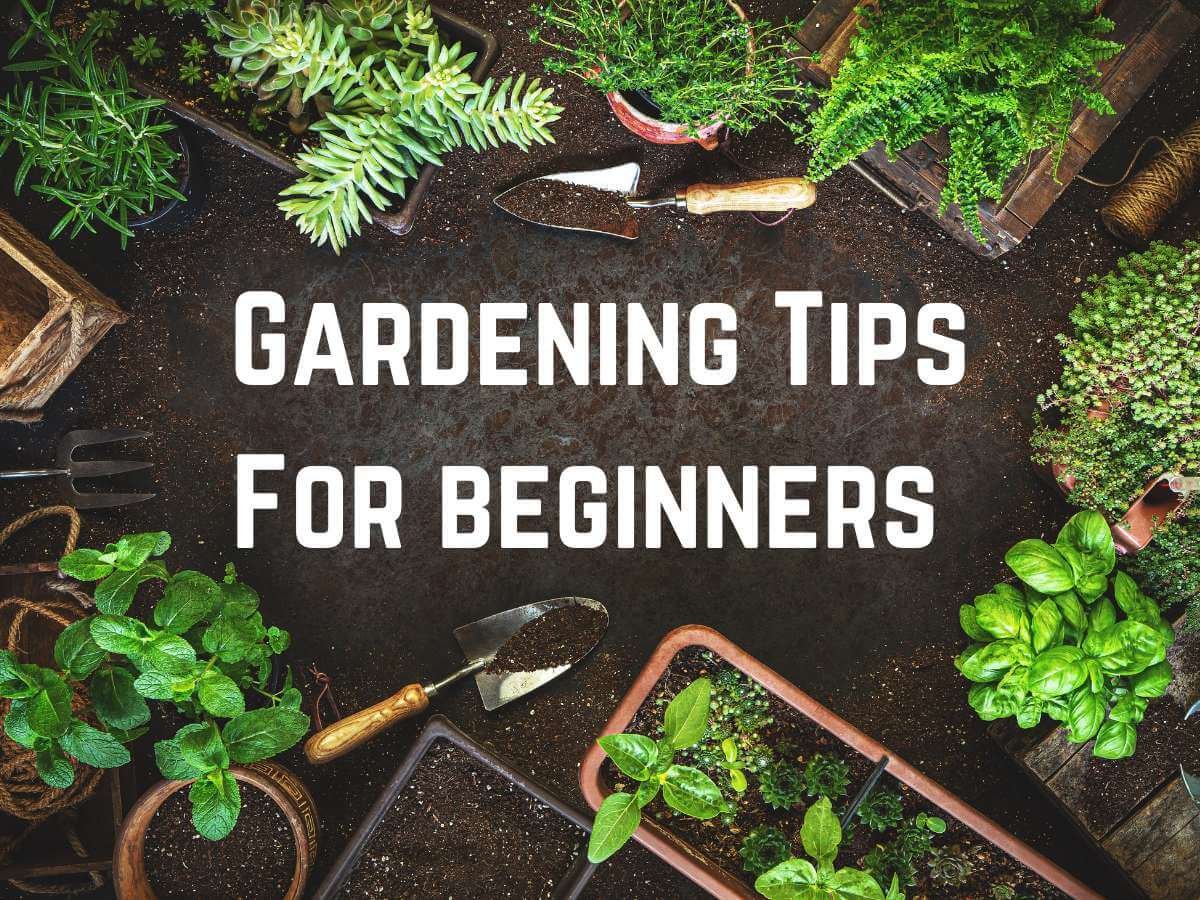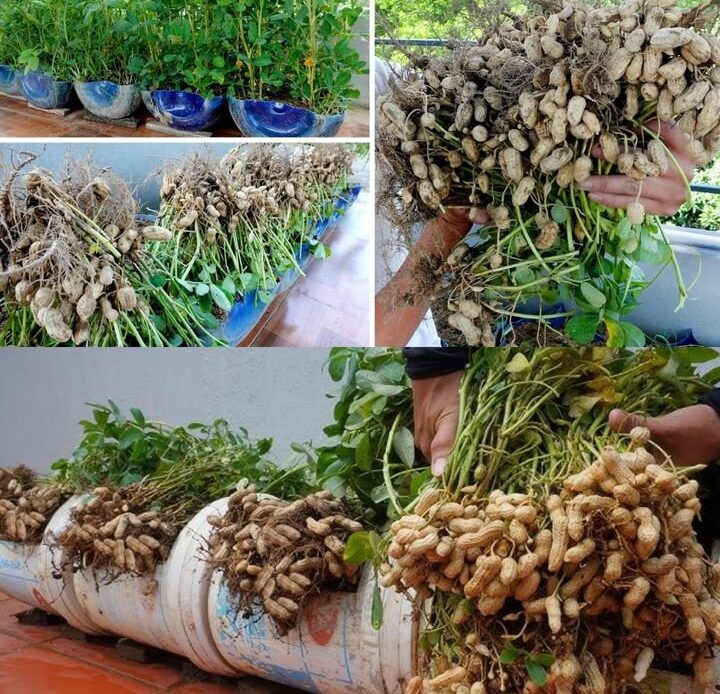Peanuts are a delicious and nutritious snack, rich in protein, healthy fats, and essential vitamins. While many people think peanuts can only be grown on large farms, the truth is, you can successfully cultivate them at home—even in small spaces By using recycled plastic containers, you can create an eco-friendly and sustainable way to grow your own peanut plants.
This step-by-step guide will walk you through everything you need to know about growing peanuts at home using recycled containers. Whether you’re a beginner gardener or looking for a fun and rewarding project, this method is simple, cost-effective, and great for the environment.
## **Why Grow Peanuts at Home?**

Before diving into the step-by-step process, let’s look at why growing peanuts at home is a fantastic idea:
✅ **Eco-Friendly Gardening** – Using recycled plastic containers reduces waste and promotes sustainability.
✅ **Space-Saving** – You don’t need a large garden; a balcony, patio, or sunny window can work just fine.
✅ **Fresh & Organic Peanuts** – Homegrown peanuts are free from harmful pesticides and chemicals.
✅ **Educational & Fun** – Watching peanuts grow underground is a fascinating process, perfect for kids and beginners.
Now, let’s get started with everything you need
## **Materials Needed**
To grow peanuts at home, gather the following materials:
### **Essential Supplies**
– **Recycled plastic containers** (5-gallon size recommended) – buckets, tubs, or large plastic bottles work well.
– **High-quality potting soil** – a well-draining, nutrient-rich soil mix.
– **Peanut seeds** – raw, unsalted, and unroasted peanuts with their papery skin intact.
– **Watering can or spray bottle** – for controlled and gentle watering.
– **Drill or nail** – to create drainage holes in the plastic container.
– **Balanced fertilizer** – or legume-specific fertilizer to support healthy growth.
## **Step-by-Step Guide to Growing Peanuts in Recycled Containers**

### **Step 1: Preparing the Containers**
Peanuts need well-draining soil to grow properly, so choosing the right container and preparing it correctly is crucial.
1️⃣ **Choose the Right Container:**
– Use a **5-gallon recycled plastic container** or any large, deep container that is at least **12 inches deep**.
– Buckets, tubs, or even large plastic bottles (cut in half) work well as long as they provide enough space for root development.
2️⃣ **Create Drainage Holes:**
– Drill **several small holes** in the bottom of the container to prevent waterlogging.
– Without proper drainage, excess water can cause **root rot**, harming your peanut plants.
### **Step 2: Preparing the Soil**
Peanuts prefer **light, sandy, and well-draining soil**.
✅ Use a **high-quality potting mix** with a combination of:
– **50% potting soil** (rich in nutrients)
– **25% sand** (to improve drainage)
– **25% perlite or compost** (to maintain moisture balance)
Fill the container with this soil mixture, leaving about **2 inches of space at the top**.
### **Step 3: Planting the Peanut Seeds**
Peanuts grow from seeds found inside their shells. However, the seeds must be prepared properly before planting.
1️⃣ **Prepare the Seeds:**
– Use **raw, unsalted, and unroasted peanuts**.
– Carefully remove the outer shell but **leave the thin, papery skin** on the seeds—this helps with germination.
2️⃣ **Plant the Seeds:**
– Make **small holes (1-2 inches deep)** in the soil.
– Place the seeds **4-6 inches apart** to allow enough space for root growth.
– Cover the seeds with soil and pat down gently.
### **Step 4: Watering the Plants**
Peanut plants need **consistent moisture**, but overwatering can be harmful.
💧 **After planting, water the soil thoroughly** to ensure the seeds are evenly moistened.
💧 **Maintain moisture** by watering lightly **every 2-3 days**, depending on climate and humidity.
💧 Use a **watering can or spray bottle** to avoid disturbing the seeds.
### **Step 5: Providing Sunlight**
☀️ Peanuts require **at least 6-8 hours of direct sunlight daily** to grow well.
☀️ Place the containers in a **sunny spot**, such as a balcony, patio, or near a bright window.
☀️ If growing indoors, consider using **LED grow lights** to supplement sunlight.
### **Step 6: Fertilizing the Peanut Plants**
Fertilizing helps ensure **healthy peanut development**.
🌱 **First Fertilization:**
– Once the peanut plants reach **a few inches tall**, apply a **balanced fertilizer (10-10-10)**.
🌱 **Ongoing Fertilization:**
– Feed the plants **every 4-6 weeks** during the growing season.
– Organic compost or manure can be used as a natural fertilizer.
### **Step 7: Caring for Your Peanut Plants**

Proper maintenance will ensure your peanut plants grow strong and healthy.
✅ **Mulching (Optional):**
– Applying **a thin layer of mulch** (straw or dry leaves) helps **retain moisture and prevent weeds**.
✅ **Pest & Disease Control:**
– Watch for **common pests like aphids and spider mites**.
– If you notice infestations, use **organic insecticides or soapy water** to get rid of them.
### **Step 8: Harvesting Peanuts**
Peanuts are **ready to harvest in about 4-5 months** after planting.
🌿 **Signs That Peanuts Are Ready to Harvest:**
– The **leaves start turning yellow**.
– The plant begins to **wilt slightly**.
🔨 **How to Harvest:**
1️⃣ Carefully **dig around the base of the plant** and lift it gently.
2️⃣ Shake off excess soil to expose the peanuts attached to the roots.
3️⃣ Leave the peanuts to dry **for a few days** in a warm, dry area before removing them.**Step 9: Drying & Storing Peanuts**
To extend the shelf life of your homegrown peanuts, follow these drying and storage steps:
🌀 **Curing:**
– Spread the peanuts in a **warm, dry location** for **2-3 weeks** to remove excess moisture.
📦 **Storage:**
– Store dried peanuts **in their shells** in a **cool, dry place**.
– For longer storage, place them in **airtight containers**.
## **Final Thoughts**

Growing peanuts at home using **recycled plastic containers** is a simple, eco-friendly, and rewarding experience. Not only do you get to enjoy **fresh, organic peanuts**, but you also contribute to **sustainable gardening** by reusing plastic materials.
By following these **easy steps**, you can cultivate peanuts in your home, whether you have a backyard, balcony, or just a sunny windowsill.
So why not start today? Plant your peanut seeds, watch them grow, and enjoy the delicious **fruits of your labor** 🥜🌱♻️
